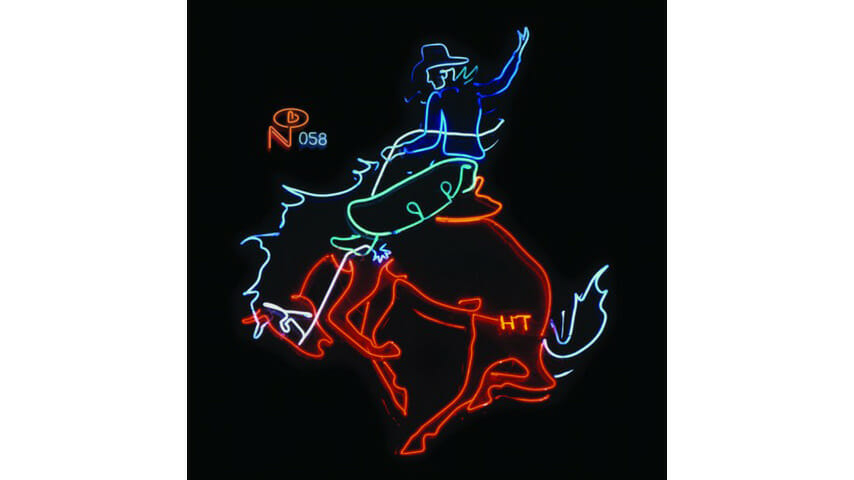
For serious music lovers of a certain stripe, the phrase “Cosmic American Music” evokes a canon that’s well known, mined and referenced. We forget, though, that the crown jewels of a would-be genre—Gram Parsons and most of what he touched – from Sweetheart of the Rodeo to his own solo work—mostly languished in commercial obscurity. As the Eagles rode the sonics and trappings of a certain kind of “country rock” to chart heights, a lot of the soul of the music was found in recordings that, in retrospect, were all but accidental—the unsung records of Jim Ford, the garage-whack of Chance, the Dead albums that never had anything close to a radio single. In an era in which reissuing country rock, country funk and alt country from the late ‘60s and mid-‘70s in its various forms has become a reflexive cottage industry, the Numero Group goes deeper with this, perhaps the apotheosis of its Wayfaring Strangers series.
Trolling the graveyards of private press recordings and obscurities, Cosmic American Music is stunning in the sheer quality of its performances, let alone the archeology and intrigue of their backstories. At moments, known-quantities make cameos (such as eventual Byrd Clarence White’s appearance on the conceptually odd Mistress Mary’s 1968 Housewife album), but for the most part, the various artists here are outsiders even to the outsiders—literally farm hands, communards, injured Vietnam vets, pure enigmas with no extant biographies. And what amazing music they made and almost sacrificed to time.
The deep well contains songs that hold their own with their better-remembered spiritual cousins. Witness Angel Oak’s plaintive “I Saw Her Cry” laced with gorgeous steel work, Deerfield’s airtight “Me Lovin’ You,” Kenny Knight’s guitar-kissed “Baby’s Back,” the churning road song of Allan Wachs’ “Mountain Roads,” or Mike and Pam Martin’s haunting “Lonely Entertainer,” which sounds like nothing so much as what would have happened had Neil Young never made it past the Badlands to notoriety. Beautiful lost voices like that of Sandy Harless and Ethel-Ann Powell find windows here never given to them on release. The set nicely juxtaposes male and female vocals, acoustic and more amplified tracks, heavy twang and more subtle roots inflections, various degrees of production, but always with a consistency of emotional commitment.
With a variety of textures and backstories, it’s the songs here that carry the day. As fertile as this period was, these reclamations make us wonder what could still be lurking out there awaiting discovery, but more than that they underline and affirm Parsons’ own vision of the way true music had a universal core that those plugged in couldn’t help but access. This is the stuff of the cosmos, indeed, and worthy of reverent exploration.